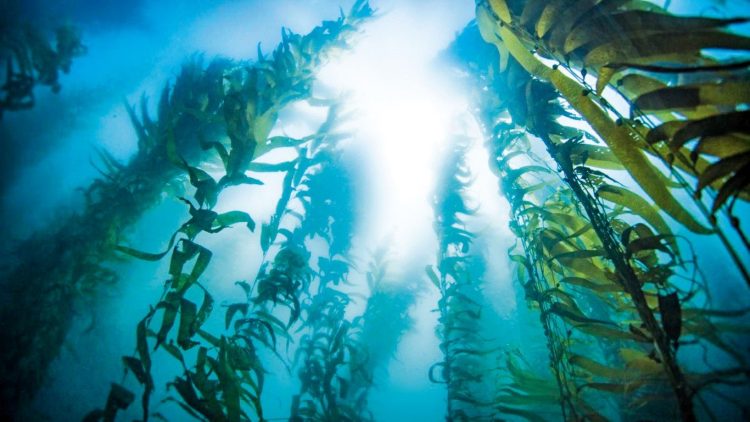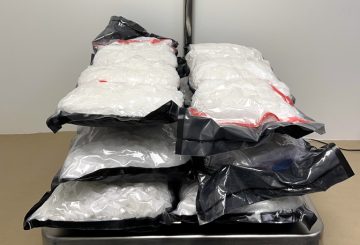新的研究表明,新西兰海藻部门蓬勃发展的潜力受到繁文缛节和资源许可的束缚。
《可持续海洋国家科学挑战》的报告发现,在过去二十年中,全球海藻产量增长了两倍,现在占所有水产养殖业的三分之一。
Aotearoa 的海藻行业很小,受到监管和供应的限制。
该报告的项目负责人兼 Cawthron Institute 专家 Serean Adams 表示,该报告帮助那些想要进入该行业的人。
“目前,新西兰的海藻行业处于起步阶段。有一些小规模的产品创新。但该行业受到监管和供应的限制-当地海藻供应链不发达,” 亚当斯说。
“我们需要确定我们的本土物种的独特特性,并将这些本地物种发展成高价值的产品和服务。我们还需要消除持有的障碍
该行业回来了。”
障碍包括捕鱼许可证和许可证、RMA 同意书、食品法规和鱼场许可证。报告说,还有 Tiriti o Waitangi 的考虑因素需要考虑。
作者建议使用 ‘蓝色经济’ 来发展该部门,可持续海洋挑战将其描述为 “由产生经济价值并对社会、文化和生态福祉作出积极贡献的海洋活动组成”。
他们表示,虽然有发展该部门的机会,但新西兰必须把重点放在面向特定市场的高质量产品上,因为当地生产商将无法在成本上竞争,因为大多数海藻是在劳动力成本低廉的国家生产的。
该报告称,初级产业部将制定一项海藻战略,其中可能包括 “特定目的” 特别许可证,允许收获有限数量的海藻。





























































